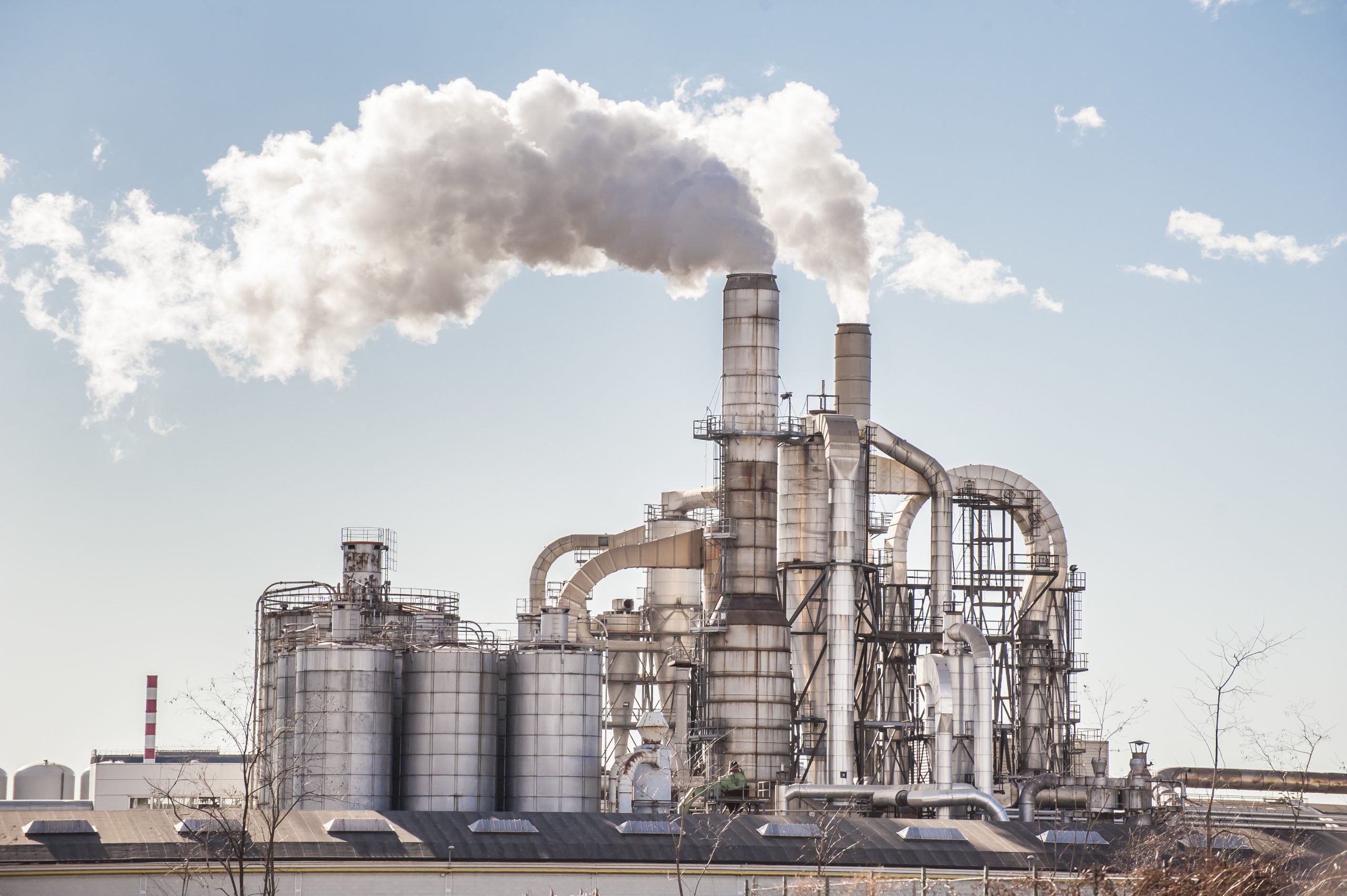To achieve any kind of air quality standard or facility air pollution goal, you need a plan—specifically, you need a control strategy. That means your facility needs specific techniques and measures to achieve reductions in air pollution.
Things to Think About When Designing a Control Strategy
When you’re creating an air pollution control strategy, there are a lot of things to consider. Make sure you’re thinking about environmental elements like ambient air quality conditions, noise levels, the location of the emissions’ source, relevant meteorological conditions, and any ancillary pollution from the control system itself.
You also need to consider things like pollutant characteristics (abrasiveness, reactivity, toxicity, etc.), gas stream characteristics, adequate utilities (water for wet scrubbers, for example), and performance characteristics of your control system.
And then there are things like capital cost, operating costs, equipment maintenance and lifetime, as well as administrative, legal, and enforcement costs to keep in mind.
Sources of Air Pollution
Consider all of the pollution prevention approaches your facility can take to reduce, eliminate, or prevent pollution at its source. A few examples include using a less-polluting industrial process, improving the efficiency of the said process, or using less toxic raw materials or fuels. A great resource for air pollution prevention and control technologies is the Clean Air Technology Center. Some common air pollution sources include wet scrubbers, electrostatic precipitators, combustion systems, fabric filters, mechanical collectors, condensers, and absorbers.
There are a lot of economic incentives in place to encourage facilities to reduce air pollution, like emissions trading, banking, and emissions caps. These air pollution control strategies should be combined with the “command-and-control” type regulations traditionally used by air pollution control agencies.
How to Develop an Air Pollution Control Strategy
The first thing you should do if you’re trying to develop an air pollution control strategy, to identify what’s causing the most pollution in your facility. This can vary from environment to environment, so be sure to accurately pinpoint what’s producing the most pollution in your specific situation, how severe the pollution output is from those sources, and the overall air quality in your area.
Then, identify some measures to control these sources of pollution including, but not limited to, the examples listed above. Make sure they’re actionable—these measures should each be accompanied by specific implementation plans and dates!
You should have a written plan for your air pollution control strategy, including how and when your plans will be integrated into your current processes. Make sure you reference the requirements that owners or operators of emission sources will need to undertake in your written plan.
Get input from others early on in the process—work with your management team and your employees to come up with a control strategy that’s realistic and beneficial to your facility. Consulting as many people as you can early on will reduce challenges down the road, as well as help streamline the implementation process.
Of course, also be sure that you’re following and including any and all standards that need to be met in your area and in your facility.
Control Strategies in the US
In the United States, air pollution control strategies are developed by state governments in order to meet and maintain the national ambient air quality standards. They adopt specific control measures through their legislative process and include them in state implementation plans—these need to be submitted and approved by EPA.
Need more help developing your air pollution control strategy? Southern Field-EEC can help. Get in touch today.


